How to Clean a Ventilation Fan
Ventilation is a key component in improving the air quality of a building, and is critical in the prevention of condensation and ultimately mould. Unbeknownst to some, cleaning your ventilation is required from time to time in order to maintain its effectiveness.
With that in mind, In this blog, we will address the question ‘How to clean a ventilation fan?’
With new buildings being made to be as energy efficient as possible, and the UK aiming for 95% of its electricity usage to be low carbon by 2030, it is imperative to understand how we can make the most of our ventilation. This is where applications such as extractor fans and heat recovery ventilation units come in.
To prevent mould, fresh air should constantly be introduced into your dwelling daily, as it helps to regulate temperature and reduce condensation. Introducing fresh air can be as simple as having a ventilation routine, or installing extractors or MVHR units. Almost all of this is facilitated by ducting.
Can mould grow in ventilation?
Yes. Mould has the potential to grow in, on, or around ventilation. However, this can only happen for very specific reasons.
As we are aware, mould should be less of a worry if you have ventilation, so what can cause it to grow on them? Here are the common causes that make this happen…
- The ducting is compromised via a tear.
- The area housing the ducting and ventilation is developing mould due to outside leaks or leaks coming through the internal structure.
- Mould has been left to develop in the building without ventilating.
- The ventilation has not been in use for an extended period, but humidity is still occurring regularly.
Please understand that ventilation units are a tool used to prevent the occurrence of mould. If your ventilation practice is not enough, or some leaks are beyond your control, mould can still appear.
Mould surface cleaners are one of the most effective options in killing mould.
Can mould affect my health?
Yes. Especially if you already have underlying health issues, particularly any respiratory issues. Here are some signs that mould could be impacting you. It is more relevant if you didn’t have any of these issues until you had extended periods amongst mould.
- Hair thinning/ hair loss.
- A weaker immune system is more obvious if you go from rarely being ill to regularly being ill.
- A lingering cough.
- Unexpected skin rashes.
- A lack of vitality.
- Breathing that is slightly more laboured than usual.
- Breathing in the outdoors is more comfortable than breathing in the home with mould.
- Regular or increased instances of having phlegm in your throat without any illness or contaminants that affect your lungs, such as cigarettes.
These are just a handful of symptoms you can experience with mould allergies. Please note that symptoms will vary amongst individuals.
How to clean a ventilation fan
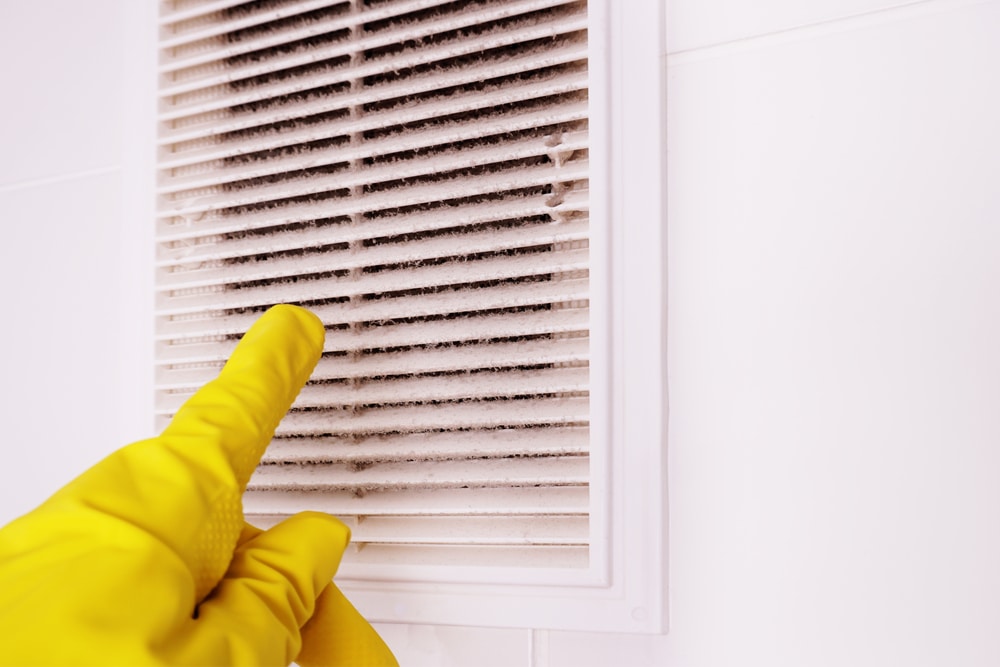
There is more than one type of ventilation fan. Below, we will share guidance when it comes to cleaning extractor fans, cooker hoods, PIV units and whole house (MVHRV) units.
Cleaning a cooker hood
You will need:
- A vacuum cleaner with an extendable hose, (Some handhelds are appropriate too).
- Gloves and a mask (depending on the level of contamination).
- A damp cloth suitable for wiping surfaces
- A fluffy duster
- Cooker hood filter replacement
- Make sure the unit is turned off.
- Put on your mask and gloves.
- Remove the grill of your cooker hood, this will reveal the filter of the cooker hood.
- Remove and discard the old filter.
- Clean the area in which the filter was placed to ensure there is no leftover dust.
- If there is dust in the vent of the cooker hood, use a vacuum hose to dislodge them. Alternatively, if there is a build-up of grease, use a degreasing agent.
- Attach the new filter and place the cooker hood grill back onto the cooker hood.
If the level of dirt and mess in the cooker hood is extensive, consider calling an expert to conduct the clean.
Cleaning an extractor fan/ single-room MVHR unit
You will need:
- A vacuum cleaner with an extendable hose, (Some handhelds are appropriate too).
- A secure stool or object to stand on (if you need the height boost).
- Mould cleaning products (If there is mould in or around the fan).
- Gloves and a mask (depending on the level of contamination).
- A damp cloth suitable for wiping surfaces
- A fluffy duster
- A screwdriver (depending on the cover of your extractor).
- Turn off the unit.
- Put your gloves and mask on, plug your hoover in and approach your extractor fan.
- Remove the cover of the extractor fan (you may need a screwdriver).
- If there is mould on the case or around where it was placed, begin cleaning it with mould removal products.
- Prepare your fluffy duster by gently placing it in the ducting and slowly moving it around, this allows any dust to become loose and easier to clean
- After this, put your vacuum cleaner on and make sure the hose is extendable enough to reach the extractor fan. Place the hose in the ducting, making sure to collect the loose dust. Be gentle when doing this, as sudden movements can rip your ventilation depending on its material.
- Remove the hose, clean up the area if required, and place the cover back onto the extractor fan.
Cleaning a whole house MVHVR unit
Whole house MVHVR units should be cleaned by professionals, this is due to the extensive ducting and the size of the unit. Any wrong move could compromise the whole system, so it is best to have an expert to conduct cleaning and maintenance when required.
Cleaning a PIV unit
PIV units require maintenance in yearly intervals depending on the model.
- Turn the PIV unit off.
- Remove the filters of the PIV unit
- Clean the filters if they are machine washable, or replace them with replacement filters if required.
- Clean the exterior surfaces of the unit with a damp cloth.
- Use a soft brush or vacuum to remove any internal dust or debris.
- Check and clean the ventilation ducts with a vacuum hose or dust cloth.
- Empty the condensation tray if it is full.
We would recommend the expertise of a HVAC expert to clean a PIV unit if you are physically unable to.
What happens if I don’t clean my ventilation fans?
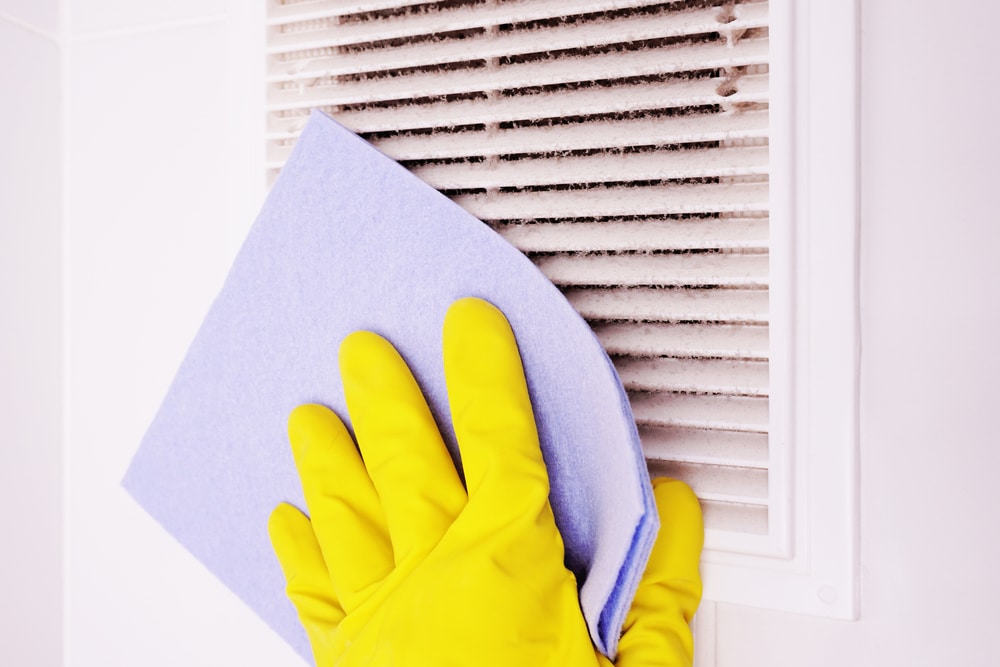
Neglecting to clean your ventilation fans will result in dust building up in the ducting and the unit over time, additionally, debris may find their way into the fan. After an extended period, the dust and debris will build up to a degree where your fan exhibits some or all of the following issues…
- The fan is louder than normal.
- Humidity, smells and stale air has not been removed as quickly or as effectively as before.
- Dust is visible from the unit itself.
- Depending on the unit, it may have features that serve to indicate to you that there is a blockage.
What to avoid when cleaning ventilation
When cleaning your ventilation fans, it is always best to call a professional to undertake the maintenance and cleaning. However, if you are doing it yourself, be sure to keep the following points in mind before conducting anything.
- Make sure the unit is off before opening its inner workings.
- Wear gloves and a mask if you have a dust allergy.
- When wiping surfaces, try not to do it aggressively.
- Try not to use chemicals wherever possible when cleaning, as they may affect the ducting or the unit itself. It also has the potential to be transported along with the air in the ducting, which could cause issues.
Are ventilation fans self-cleaning?
No. Although some ventilation fans may have features that reduce the need for cleaning, the buildup that occurs as a result of usage will require cleaning over certain periods of time. The amount of time between cleaning will vary between the model of ventilation unit you use, and the space it is operating in.
Is it better to get a professional to clean a ventilation fan?
Yes. Using a professional to clean a ventilation fan is the ideal way to clean your ventilation fan. This is because a professional will have the right tools, expertise and experience required to clean your ventilation fan without causing damages or issues to the fan.
To find a professional to clean a ventilation fan, you have a few options which include…
- Contact the manufacturer as they may have dedicated staff for the maintenance of their ventilation fan
.
- Search the internet for highly rated ventilation fan maintenance conductors in your local area.
Invest in ventilation today
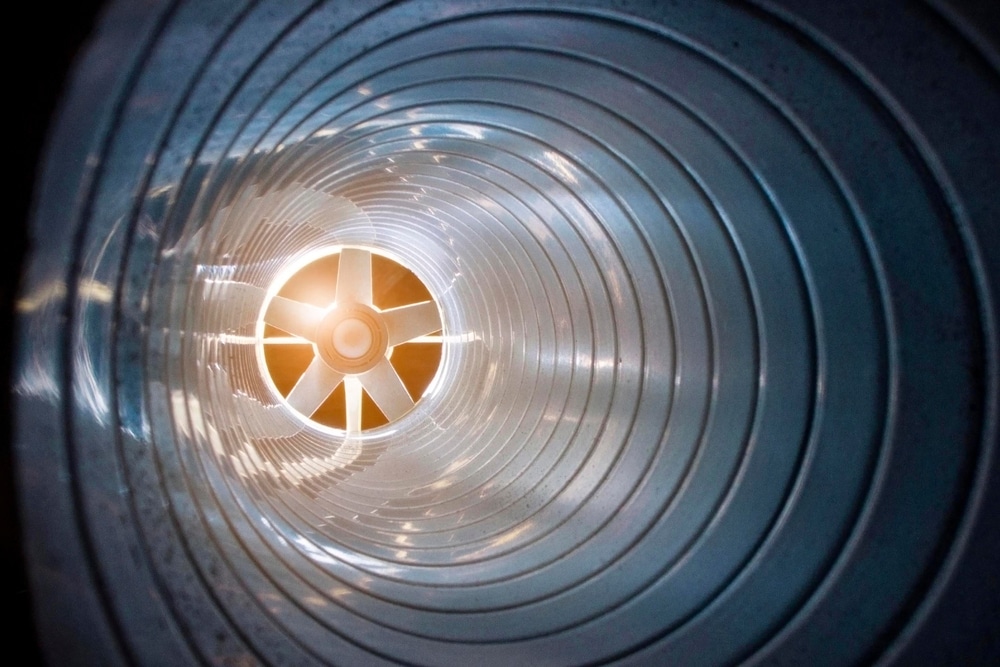
At I-Sells, all things ventilation and ducting related is our speciality, we are here to answer the questions we know are common for those new to HVAC and what it encompasses.
We at I-Sells endeavour to ensure our customers have all the information they require before investing in our mould solutions. Be sure to visit our blog page to learn about the vast array of factors and issues surrounding ventilation, mould, condensation, and much more.
We hope to have answered the question ‘How to clean a ventilation fan?’
We understand you may have more questions, do not hesitate to contact us for more information about whatever you need our help with. If you’d like to email us, click here. For other contact options, see below:
Call us on 020 8463 9696
Visit us at our showroom:
*OPENING TIMES*
Monday – Friday: 8:00 am to 5:30 pm
Saturday: 9:00 am to 12:00 pm
Sunday: Closed
15 St John’s Parade
Sidcup, Kent
DA14 6ES
United Kingdom

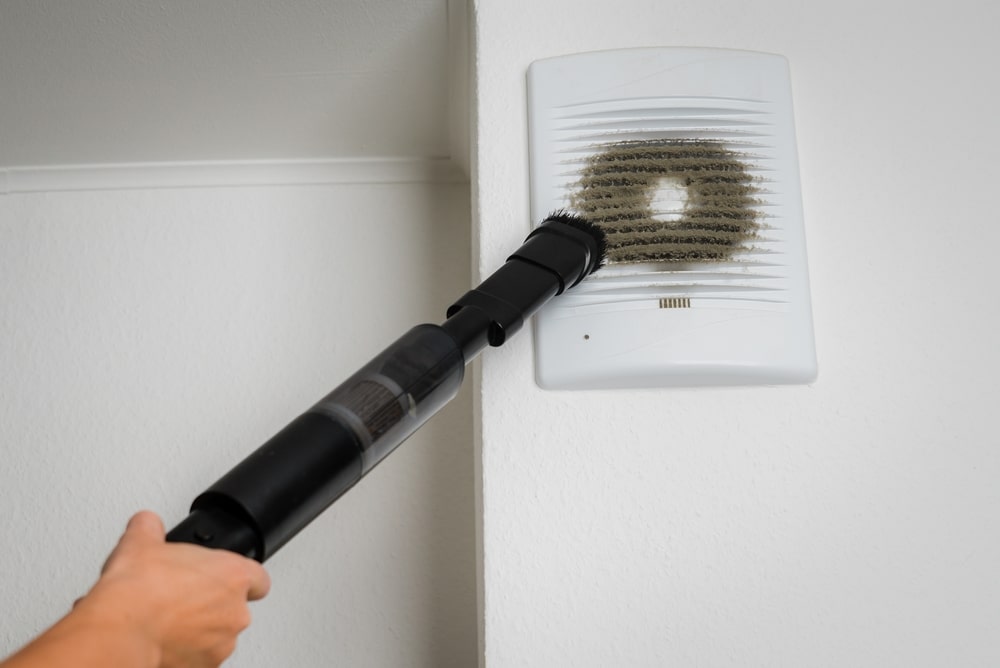


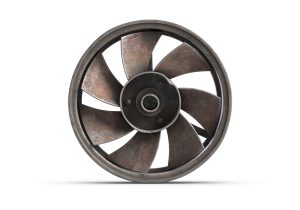

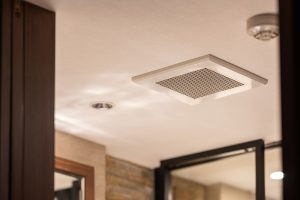





















Add comment
You must be logged in to post a comment.